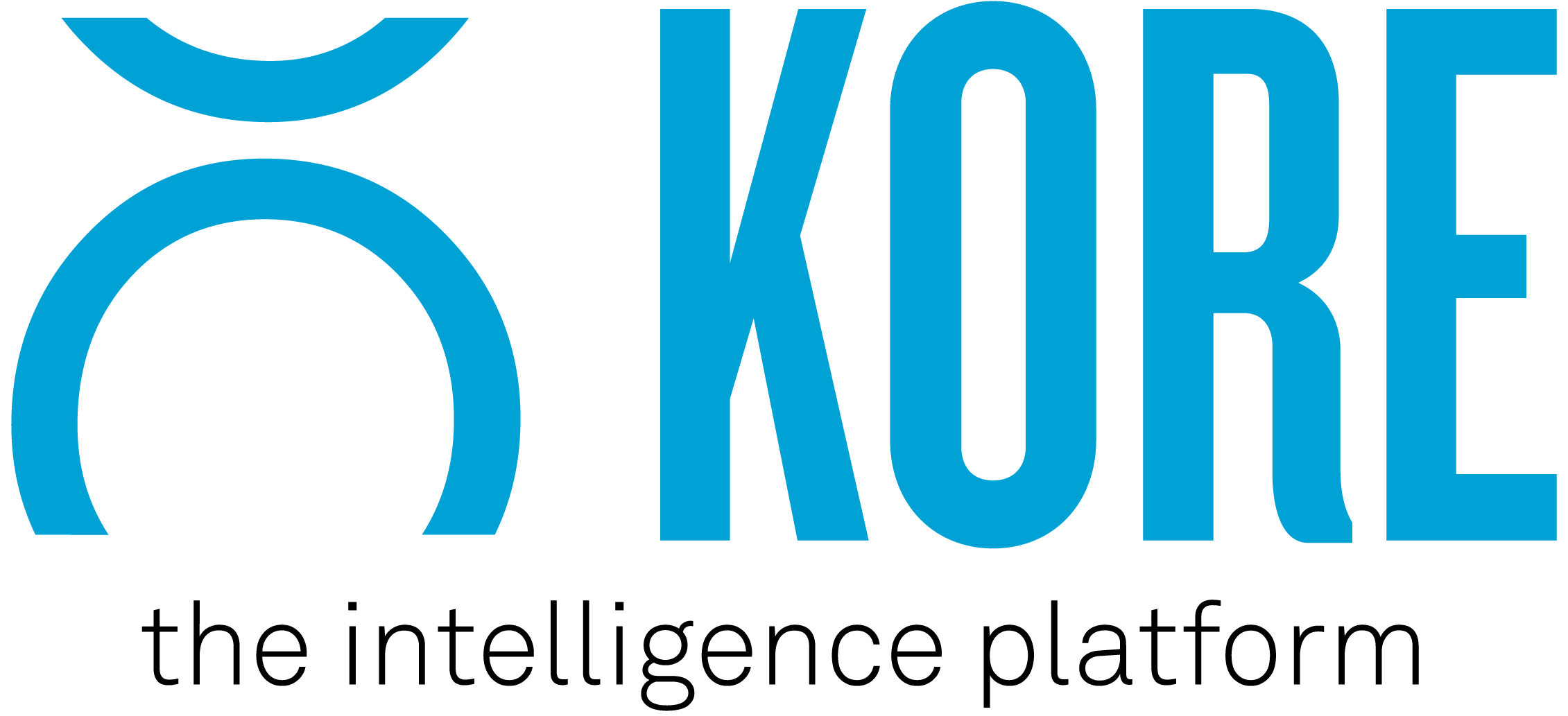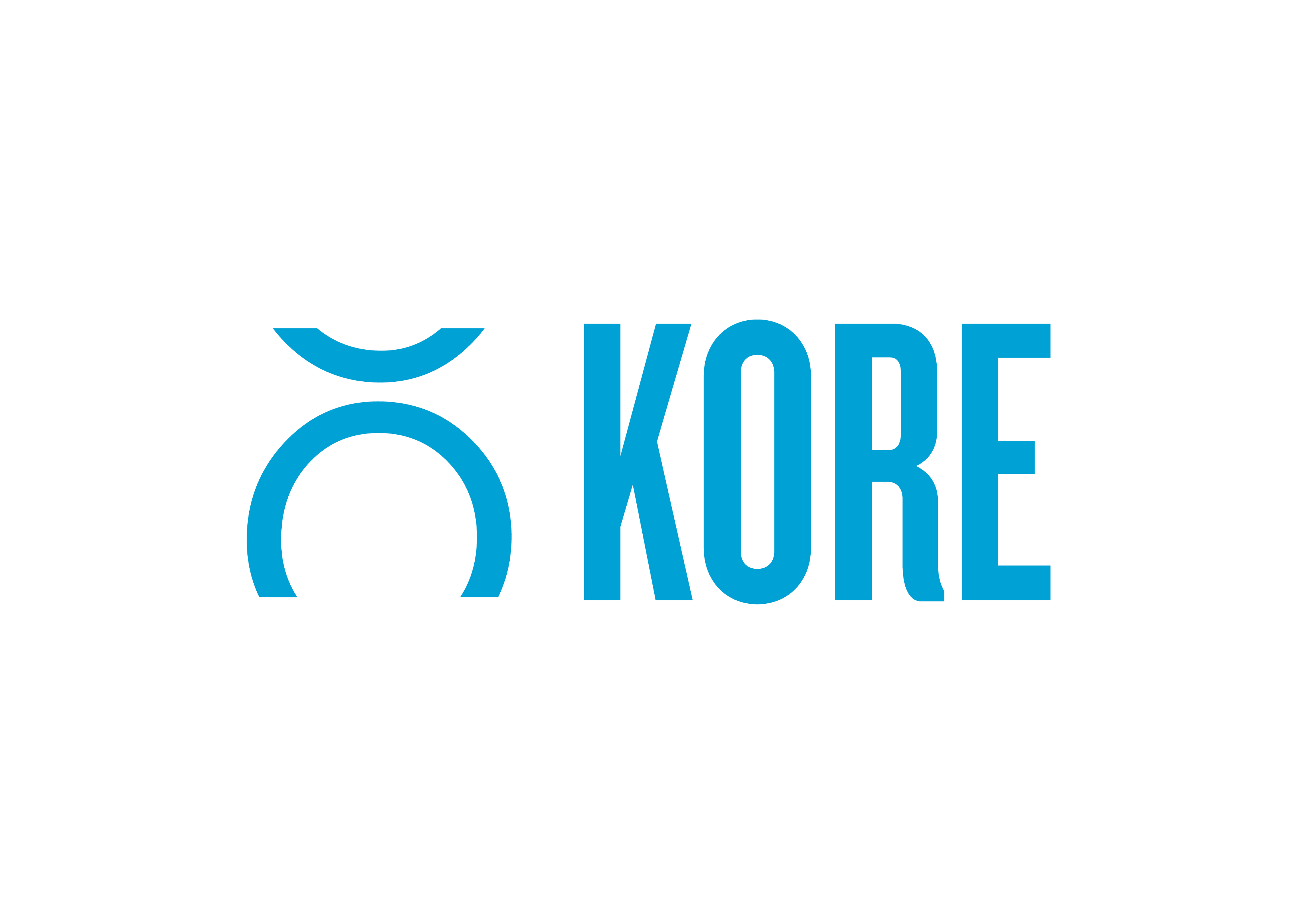Like most of my generation, the first thing I usually do in the morning is roll over, reach for my phone, and mindlessly scroll through the social feeds – Facebook, Instagram, LinkedIn, etc. As I scroll, my attention is fixated on the small viral pieces of content, usually in video format, that are doing the rounds.
There’s a ton of research that suggests I’m not alone and, as such, that this is where the rest of society’s attention is as well.
This also happens to be the goldmine where brands are spending an ever-growing amount of resources attempting to communicate with us. They put themselves squarely where our attention is, engage us, and run with new and exciting trends to ensure we stay interested in their message for as long as possible.
With sponsorship now solidified as a powerful weapon in the marketing strategy artillery, it needs to be flexible and adaptable enough to keep up with these trends or changes in overall strategy.
A few weeks ago, I enjoyed a briefing from Ben Hartman, Octagon’s APAC MD, as we delved into what it takes to deliver an award-winning campaign at Cannes. As Ben spoke, I couldn’t help myself and compare what the vast majority of sponsorship deals look like in comparison to what I was seeing presented at #CannesLions2019.
It got me thinking: “Is the sponsorship industry keeping up with award winning marketing trends?” In pondering the question, I realised the actual question we really need to be asking is: “Are our sponsorship deals flexible enough to adapt to change?”
If we are to be flexible enough to adapt to change, we really need to focus on three key areas.
1. Audience Targeting and Distribution Strategy
When we build a sponsorship deal, its purpose is simple – help the brand deliver a message to a specific audience that they otherwise don’t have access to or can’t access easily. If it’s a good deal, it will also help the brand achieve some of its objectives or challenges as well.
However, it’s how we’re delivering that message, and who we’re delivering it to, that needs some serious updating; the hype around targeting and re-targeting is real!
Being able to target a specific audience and deliver a specific message at a specific time, just for that group of people, is where a lot of attention needs to be for both rights holders and brands.
We can no longer just rely on building a digital campaign that sits on the team website for two weeks and report focus on web traffic and click-throughs. If that’s all brands wanted to do they could simply pump the sponsorship spend into Facebook and Google Ads.
The award-winning campaigns we saw at #CannesLions2019 are those that are elevated through their use of targeting methods and use of insights or data. The teams behind these campaigns were asking themselves: “Who are we talking to, how are we talking to them, and is it working?”
If you haven’t started thinking about audience targeting, or how your delivery a sponsored message, start with the basics – Who, What, When, Where, How, and Why.
2. Brand Integration
How many sponsorship deals can you think of that look forced?
If you are like me, you probably easily thought of a lot. That’s a problem. Sponsorship is in a period where brands are fast becoming integrated with how fans are consuming sport and entertainment.
Brand integration isn’t new, and it doesn’t have to be overly sophisticated, but it’s often overlooked when rights holders aren’t flexible in how they deliver the sponsorship.
Because of the multitude of ways we now consume things, the proliferation of audience targeting has created a big shift towards an omni-channel approach to sponsorship delivery. This being where a brand’s message is delivered across multiple platforms in a format and tone specific to that platform.
For inspiration, think Marriott Bonvoy and Manchester United, or even perhaps something simpler like the AFL’s Telstra 50m; you literally have to say the brand’s name as part of the sentence.
The message here is ‘Don’t logo slap’. Instead, bring the brand into what you want to achieve with the asset and come up with something creative. Find a way to make their imagery part of the visual journey and overall experience.
3. Execution
Traditionally, customers went to the brand and, as a marketer, you knew how to deliver the message and what to expect when it happened. Now, brands look for customers in their spaces and look to take advantage of whatever trends are most prolific.
Trends can be really hard to grab hold of in sponsorship because of how they disappear just as quickly as they appear. A good example is PaddyPower’s recent work. They took full advantage of the virality with their sponsorship of Huddersfield Town. In an incredibly cluttered market, with a fairly simple execution, they were able to flood countless social feeds with an amazing PR stunt linked to something meaningful.
Don’t wait for half-yearly or end of year reviews to discuss and explore strategies around how to deliver your sponsorship effectively. Instead, bring your brands and agencies into the conversation and work together.
After all, their jobs are literally to stay on top of these trends to ensure they can speak to an audience.
KORE is the global leader in engagement marketing solutions, serving more than 200 professional teams and 850+ sports and entertainment properties worldwide, providing practical tools and services to harness customer data, facilitate sponsorship sales and activation, and create actionable insights.



